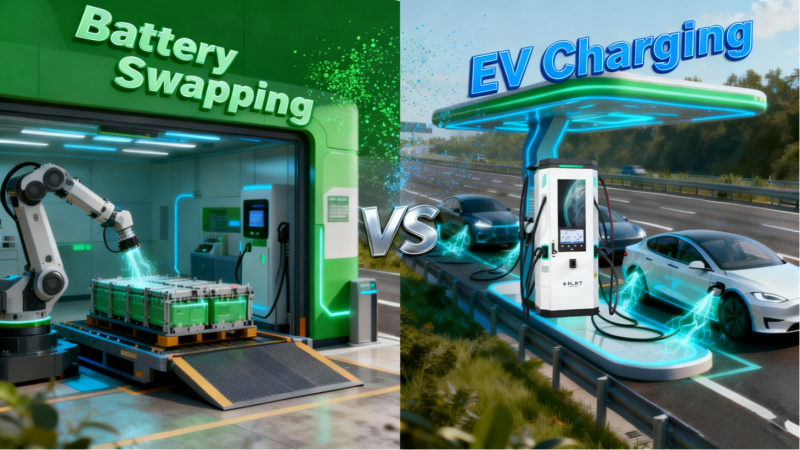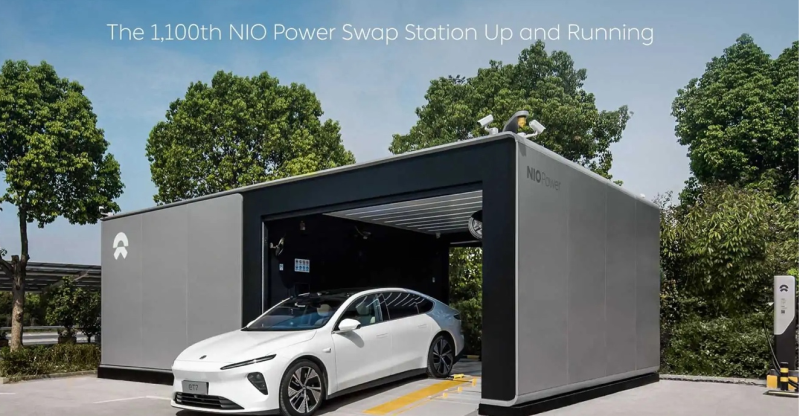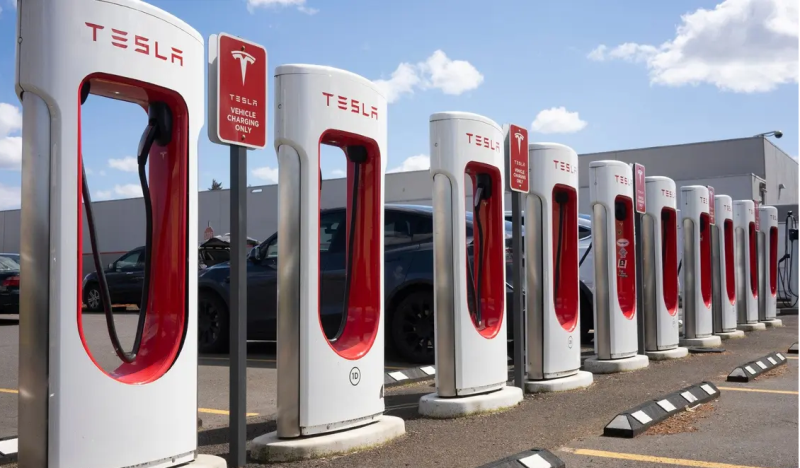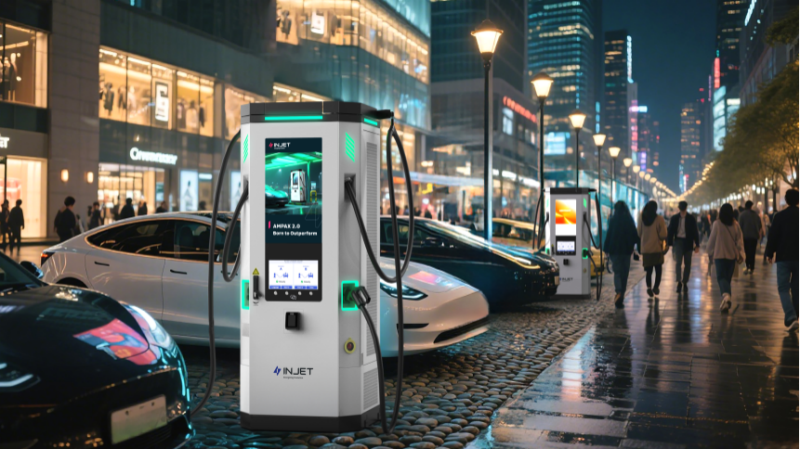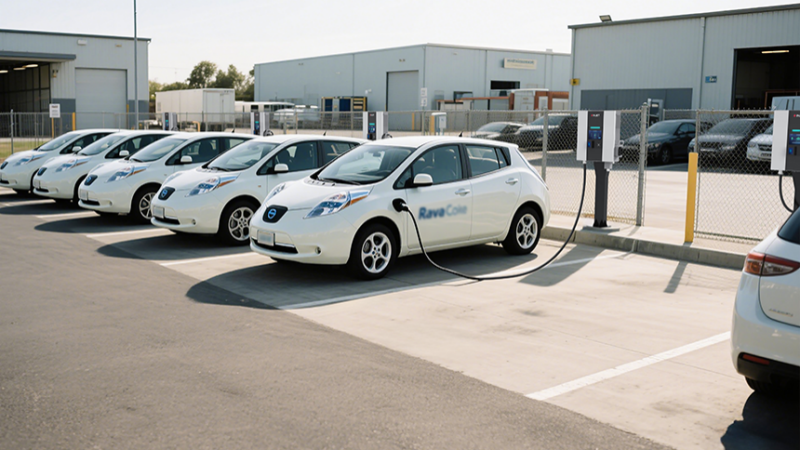(Image: Battery Swapping VS EV Charging Stations)
As electric vehicles (EVs) continue to surge in adoption worldwide, the question of how to best power them has become one of the industry’s hottest debates. Two competing solutions dominate the discussion: battery swapping and EV charging stations. While both have their merits, it’s clear that fast charging infrastructure is shaping up as the global standard — and INJET New Energy is leading the way with reliable, regulation-ready charging solutions.
Understanding the Two Models
Battery Swapping
• Drivers pull into a swap station where machines replace their depleted battery with a fully charged one.
• Advantages: Extremely fast turnaround, suitable for high-utilization fleets like taxis.
• Challenges: High infrastructure costs, large battery inventory, standardization issues, and complex battery lifecycle management.
(NIO Power Swap Station, Image Source: NIO)
Example: Chinese automaker NIO has pioneered battery swapping with over 2,400 stations across China and a growing network in Europe. While NIO’s success shows that swapping can work, its model relies heavily on brand-specific batteries, making it less universal.
EV Charging Stations
• Drivers plug in to charge their own vehicle battery, either with AC slow chargers or DC fast chargers.
• Advantages: Mature technology, wide compatibility, flexible deployment, easier to scale.
• Challenges: Charging time, particularly when power levels are low.
(Tesla Supercharger Charging Station, Image Source: iStock)
Example: Tesla’s Supercharger network, now opening to other EV brands, has set a global benchmark for fast charging. In Europe, Ionity, a joint venture by major automakers, is rolling out high-power charging hubs across highways. Both demonstrate that fast charging is rapidly becoming the default standard worldwide.
Key Comparison
|
Aspect |
Battery Swapping |
Fast Charging Stations |
|
Speed |
Very quick, minutes to swap |
Fast charging requires some waiting time |
|
Investment |
High — extra batteries, robotics, standardization |
Lower — mainly chargers + grid upgrades |
|
Compatibility |
Limited to standard battery designs |
Compatible with most EVs globally |
|
Scalability |
Complex, costly to expand |
Flexible and easy to scale |
|
Best Use Case |
Fleets, taxis, logistics |
Public highways, fleets, businesses, communities |
Why INJET Fast Charging Solutions Lead the Way
At INJET New Energy, we focus on building future-proof charging infrastructure that aligns with both operator needs and international regulations. Our products and services are designed to combine high performance, flexible deployment, and global compatibility.
(Image: INJET i-Ampax Pro 480)
• High-Power Fast Charging
Our INJET Ampax DC series and i-Ampax Pro 480 deliver from 120 kW to 480 kW of output power, meeting the EU AFIR requirement of ≥150 kW along highways and providing rapid turnaround for fleets and public charging.
• Smart Payment Options
INJET chargers already support contactless credit/debit cards, RFID, app-based access, and are Plug & Charge (ISO 15118) ready soon — making charging as simple as “just plug in.”
• Open Standards & Interoperability
All INJET chargers are OCPP-compliant, ensuring seamless integration with any backend system. Many models, including the Ampax, i-Ampax Pro 480, and Vision Pro series, are also NACS-compatible, keeping us aligned with the growing global standard in North America.
• Multi-Scenario Solutions
Injet Swift 2.0 & Injet Mini AC chargers: Ideal for businesses, residential communities, and destination charging.
Ampax & i-Ampax Pro DC chargers: Perfect for fleets, depots, and highway corridors.
• Reliability & Uptime
Built with industrial-grade hardware and remote predictive maintenance, INJET chargers maximize uptime, reduce operational costs, and ensure compliance with government-set performance targets.
Charging Ahead — With INJET
(Image: INJET Hub Series DC Fast Charger)
Battery swapping may serve niche needs, but fast charging is the global path forward. With INJET, operators gain solutions that are powerful, flexible, and internationally reliable. The future of charging is here — and it’s charging ahead with INJET.



